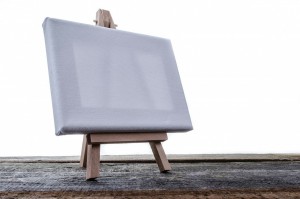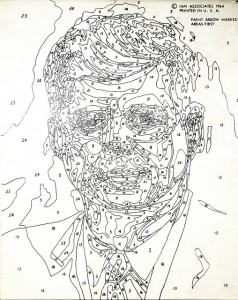At noon EST today December 31st, 364.5 days of 2019 have ticked off of the clock.
That’s 524 880 minutes that have not be banked for another time. It’s also means that we have been present for the 8 748 hours of inter/intrapersonal interactions that have happened. As I type, at my kitchen table, Spotify plays, my coffee grows cold, and the clock ticks incessantly towards a self imposed midday deadline to complete my last piece of 2019 for Heart and Art.
2019 was a year
If you look back on each moment of the past year, how do you feel?
Are you glad it’s almost over? December 31st is rife with reflection and anticipation for many. Although I am usually a procrastinator, I have been thinking about all things 2019 long before today.
As an educator, I think it comes with the job. We are prone to reflection as part of our professional and personal practice. There are few times throughout the days, weeks, and months at school when I, or my colleagues are not processing something that has occured by design or happenstance.
2019 was no exception as my role of SERT/Transitions/Guidance and Drama/Dance/Health/Music/English/Math teacher evolved. So many simultaneous experiences, happening in classrooms around the world/province/city/board/school to navigate, mitigate, orchestrate, and educate. As Wendy Howes shares, “You can’t make this stuff up.”
Year ends, for some, are like trying to navigate through a maze full of mirrors and finally finding the one mirrored corner that shows you the way out after 364.5 days. For others, it seems that they find their way without a wrong turn, and get back in line to do it all over again. Most of us are probably somewhere in between for the sake of this analogy.
I know there were times that I felt lost in 2019.
There were also times where it felt like I was leading the way.
Did you take time to enjoy any of the special moments that have happened? I can imagine a range of feelings flooding in here. Based on my own year in education, I have wandered the house of mirrors making wrong turns and retracing my steps looking for the way out. The experience has left me with a profound understanding that I cannot do my job as an educator in a silo. What I quickly realized was that I was not walking through the maze alone and that others were helping to guide the way. Admitting this has allowed me to break a few figurative mirrors in the “funhouse”.
Having a personal and professional support network is crucial to teachers at every time of their careers. Being able to turn to someone within my circle of trust has been transformative in my approach to education. This includes connecting with the #ONTED family of educators and to an incredible global cohort via Twitter and TED Ed.
Although, there have been many incredible mentors along the way, it has taken me nearly 10 years in the classroom to realize that I cannot do this job well on my own. If you are a new teacher, I encourage you to do it now. Seek out those who inspire you, who challenge your thinking. Seek out educators who think differently than you do. Borrow/liberate/bandit ideas and good practices. Reinvent yourself every year and in turn inspire, challenge, and encourage others. The time is now.
2020 is almost here
We are counting down the final 1440 minutes until midnight.
Tomorrow gifts us with a fresh 365.
365 days to…insert limitless possibilities here, there, and everywhere else.
Cheers to 2019 and an even better 2020.



